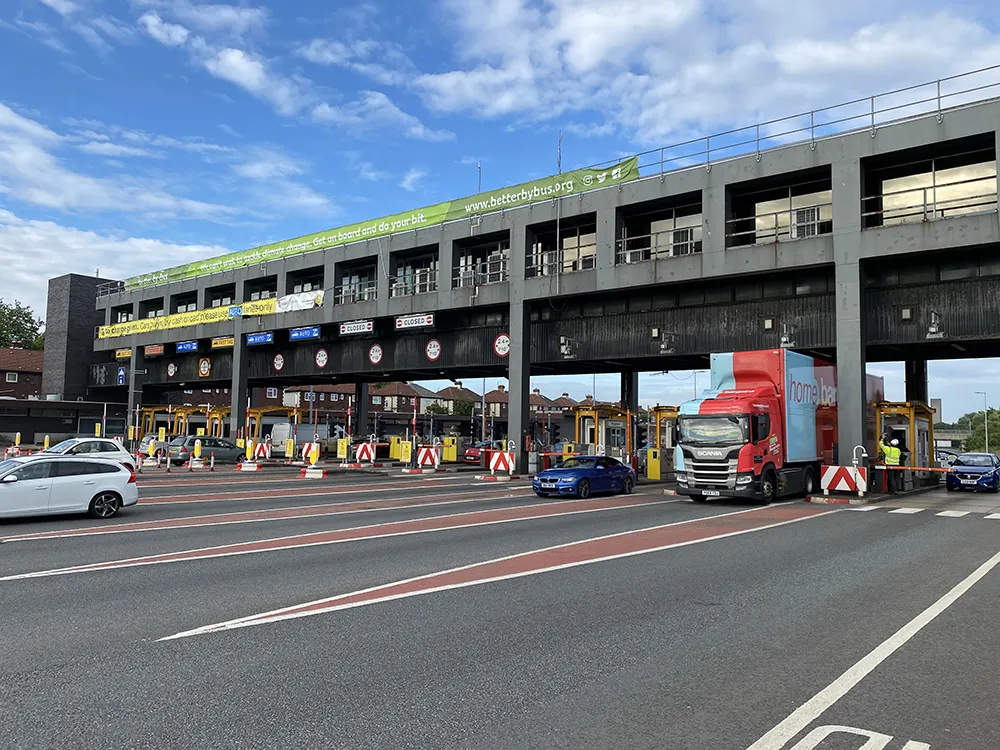TransCore has unveiled new technology that will provide motorists with access to any toll road throughout the US, eliminating the need for a toll tag on the windshield.
TransCore’s Universal Toll Module (UTM) multi-protocol toll tag is designed to be integrated into the vehicle manufacturing process rather than an after-market application.
Because the UTM functions on all US toll roads, motorists will no longer need to cover their windshields with various types of toll tags for different regions of t
July 9, 2015
Read time: 2 mins
TransCore’s Universal Toll Module (UTM) multi-protocol toll tag is designed to be integrated into the vehicle manufacturing process rather than an after-market application.
Because the UTM functions on all US toll roads, motorists will no longer need to cover their windshields with various types of toll tags for different regions of the country. The vehicle-integrated technology enables motorists to drive through all toll lanes without stopping for cash lanes or having to pay higher toll rates.
With advances in connected car and vehicle-to-infrastructure (V2I) technology, the traditional windshield-mounted toll tag can now be built into vehicles and offered as a new vehicle feature, much as GPS, HomeLink and satellite radio were first introduced.
According to TransCore, the UTM provides transportation agencies with an interoperability solution without costly infrastructure changes to the 5,400 miles of toll roads and high-occupancy toll lanes throughout the country.










